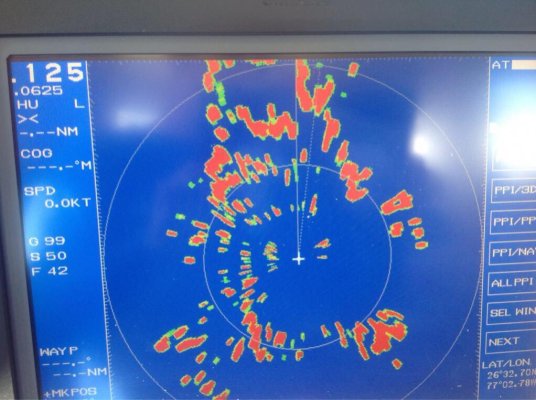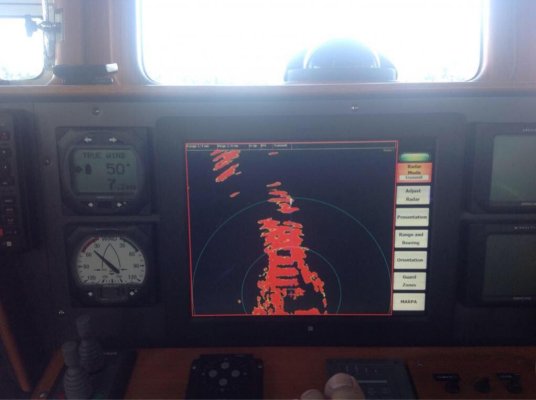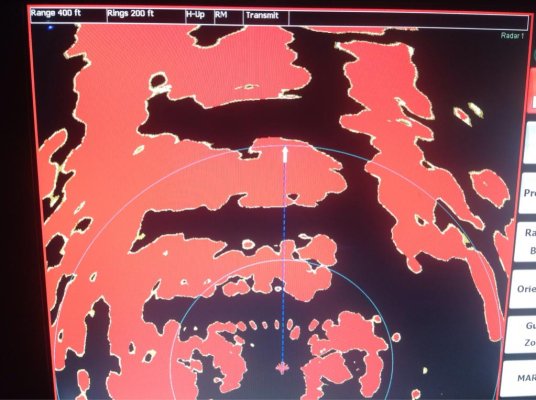angus99
Guru
We'll soon be replacing the antique Furuno 1721 radar on our DF44 with a new Garmin unit. For those of you who've had both, how would you rate open array vs dome? What can you see with open array that you could not with a dome? Are OA worth twice the price (or more)? Are the newer domes better than the older OAs? Just gearing up to yet another major purchase. 
Thanks.

Thanks.

 ..
..



